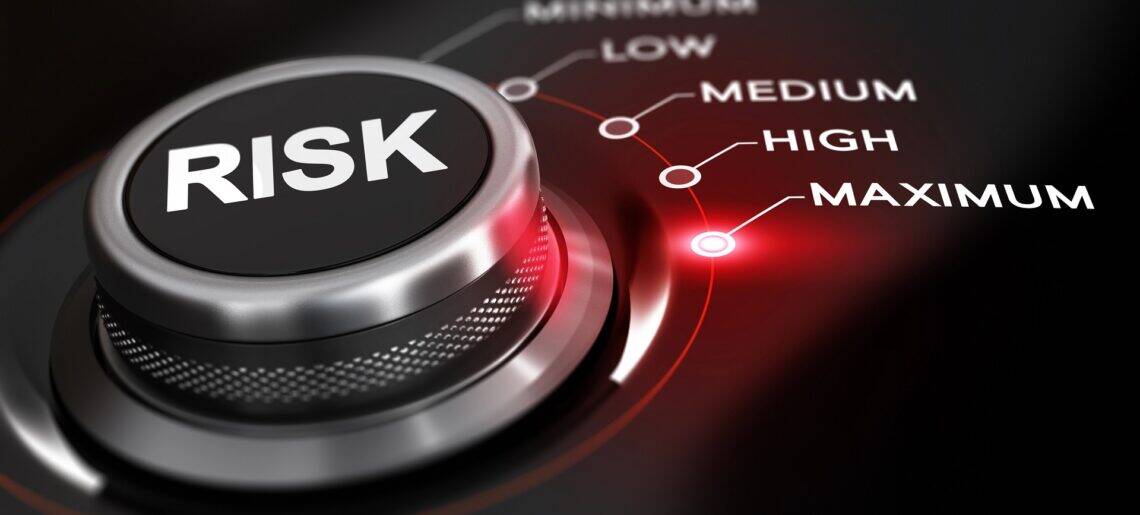How to Minimize Legal Risks in Security Guard Work Through Conflict Management & De-Escalation

Last Updated on April 9, 2025
Security guards in Canada play a critical role in maintaining public safety—but their actions can also carry serious legal consequences if not managed properly. Effective conflict management and a solid understanding of Canadian laws are key to avoiding criminal charges, civil lawsuits, and human rights complaints.
In this guide, we break down the essential legal considerations every security professional must understand, and how AI-enhanced training and proactive policies can help reduce liability risks.
🔐 Why Legal Awareness Matters in Security Guard Work
Security professionals frequently face high-pressure situations where they must make split-second decisions. Without a strong grasp of the law and conflict de-escalation strategies, those decisions can lead to:
- Criminal charges (e.g., assault, unlawful detention)
- Civil lawsuits (e.g., negligence, defamation)
- Human rights complaints (e.g., discrimination, privacy violations)
Let’s explore how security guards can legally and effectively respond to conflict situations across these three categories.
⚖️ Criminal Liability for Security Guards in Canada
Security guards must follow the Criminal Code of Canada, particularly when using force or detaining individuals.
Key Legal Considerations:
- Use of Force
Under Section 25, guards may use reasonable force in specific circumstances. However, Section 26 warns that excessive or unjustified force can lead to criminal liability. - Citizen’s Arrest Laws
Section 494 permits security guards to make a citizen’s arrest, but only under very specific conditions. Failing to meet those criteria could result in unlawful detention or forcible confinement charges under Section 279. - Provincial Compliance
Guards must also adhere to provincial security acts, municipal bylaws, and offences acts, depending on the jurisdiction.
Real-World Examples:
- Excessive Force: Striking a non-threatening shoplifter with a baton = possible assault charge.
- Unlawful Detention: Detaining someone without observing a crime = forcible confinement.
⚖️ Civil Liability: How Negligence Can Lead to Lawsuits
Even if a security guard avoids criminal charges, they can still be sued in civil court for causing harm.
Top Civil Risk Areas:
- Negligence
Failing to act during a known threat (e.g., ignoring a break-in) could result in property loss claims. - Breach of Duty
Leaving a security post or not following protocol could open the door to a civil lawsuit. - Defamation
Making public accusations without evidence may lead to a defamation suit.
Real-World Examples:
- Negligence: Ignoring suspicious behavior results in theft = property damage claim.
- Breach of Duty: Leaving surveillance unattended = organizational liability.
🧑⚖️ Human Rights Compliance for Canadian Security Guards
Security professionals must comply with the Canadian Human Rights Act and related provincial codes to avoid discrimination and privacy violations.
Critical Human Rights Areas:
- Privacy Protection
Avoid invasive searches or unauthorized surveillance (e.g., cameras in changing areas). - Freedom from Discrimination
Equal treatment regardless of race, gender, disability, or other protected statuses. - Respect and Dignity
De-escalation should be non-threatening and non-humiliating at all times.
Real-World Examples:
- Privacy Violation: Installing unauthorized cameras in sensitive areas.
- Discrimination: Racial profiling during security checks.
🛡️ The Role of Company Policies & AI-Powered Training
Strong organizational policies and modern security guard training programs are essential for legal compliance. Many leading firms are now incorporating AI-powered tools for risk assessment, behavior tracking, and conflict resolution simulations.
Best Practices for Organizations:
- Training & Education
Ongoing training in legal standards and de-escalation techniques is critical—especially using scenario-based AI modules. - Accurate Incident Reporting
Documenting every incident thoroughly can protect both guard and employer from future claims. - Regular Policy Audits
Stay updated with legal changes and industry best practices through scheduled reviews.
Example Initiatives:
- AI-Powered Simulations: Guards undergo real-life conflict scenarios for better decision-making.
- Legal Documentation Tools: Incident logs generated and analyzed by AI for consistency and legal accuracy.
✅ Final Takeaways: How to Stay Legally Safe in Security Work
To protect themselves from legal risks, security guards in Canada must:
- Understand and apply federal and provincial laws.
- Master de-escalation techniques to avoid unnecessary force.
- Follow organizational policies for training and incident documentation.
- Respect human rights and individual privacy at all times.
Professional security training is no longer optional—it’s essential. Modern tools and certifications can help you manage conflict, reduce legal exposure, and build a safer working environment.
📘 Recommended Security Training & Certification
For industry-leading courses in conflict management, use-of-force laws, and online training courses, visit SecurityGuardCourse.ca.

